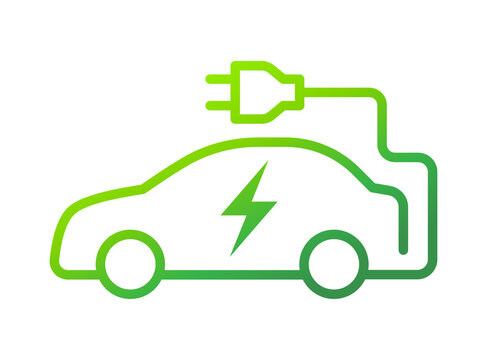Speaker: John Wilson
Representing: Member of Arcadia Rotary and Executive Director of the Boys and Girls Club of the Foothills
It all started in the 1830’s when Scotland’s Robert Anderson, created a motorized carriage. Batteries (galvanic cells) were not yet rechargeable. Another Scot, Robert Davidson of Aberdeen, built a prototype electric locomotive in 1837. A bigger, better version, demonstrated in 1841, could go 1.5 miles at 4 mph towing six tons. Then it needed new batteries. Batteries that could be recharged came along in 1859, making the electric-car idea more viable.
In 1890, a Scotland-born chemist living in Des Moines, Iowa, William Morrison developed a front-wheel drive, 4 horsepower car, and a reported top speed of 230 mph, it had 24 battery cells that needed recharging every 50 miles.
Morris and Salom having built a few electric Hansom cabs to compete with the horse-drawn vehicles then serving New York, sold that idea to Issac Rice who incorporated the Electric Vehicle Company (EVC) in New Jersey. By early 1900 the company had more than 600 electric cabs operating in New York. The EVC’s battery supplier became what we know today as Exide.
The late 19th and early 20th century saw automotive inventions all over the globe.
Ransom Eli Olds built a short run of electric horseless carriages before devising the first mass-market Oldsmobile cars. 23-year-old Dr. Ferdinand Porsche, whose son would found today’s Porsche company after World War II would create the 1898 car’s electric-drive system that weighed 286 pounds, made 5 horsepower, and could push the buggy to 22 mph. Studebaker, built wagons and carriages in the 19th century but entered the 20th as an electric-car manufacturer. Thomas Edison owned a1902 Studebaker Electric. In 1906 Baker made 800 cars, making them the largest electric vehicle maker in the world at the time. The Detroit Electric could go 25 mph with a range of 80 miles, but by the time this 1923 Detroit Electric was built (in, yes, Detroit), the writing was on the wall for the early electric business.
The Ford Model T, though, was very affordable and kept getting cheaper—The Model T price was under $300 by 1923 and many electrics were 10 times as costly. Ironically enough, it was an electric motor that became the real enemy of battery-powered cars. The advent of the electric starter (invented by Charles Kettering at Dayton Engineering, first for the 1912 Cadillac) did away with the hand-crank problem for gas cars once it spread through the industry.
When NASA contracted Boeing to produce a “car” for use on the moon, electric was the obvious choice for an airless environment. General Motors’ Delco division was a major subcontractor for the drive-control system and the motors on the Lunar Roving Vehicle. There were four DC motors, one in each wheel, making one-quarter horsepower apiece and capable of up to 10,000 rpm.
In answer to a California mandate effective in 1996 that automakers sell a small percentage of vehicles that made no emissions (only electrics met the standard).Toyota RAV4, EV, GM were conversions of existing models which would come to push them as industry leaders with the Impact concept car.
The Toyota Prius went on sale I Japan in 1997 making it the first mass produced hybrid vehicle, It was introduced worldwide in 2000. Tesla was the first to put lithium-ion batteries in a production car and first to demonstrate a 200 mile driving range.
What John Wilson has learned since starting to drive an electric car:
MPG is now M/Kwh
VW has a 77 Kwh battery
Tesla ranges from 54 Kwh to 100 Kwh
Everything is drawing on your battery – AC, seat heaters, etc.
200 miles to SLO (240 range)
75 mph kils your battery
69-72 mph is okay
Electric is great for LA County driving
Is it ready for a road trip? Not yet but they are working on it
Batteries are the new “GOLD RUSH” promising 500 mile range and a short recharge.

 Let’s Recap! 4/19/24
Let’s Recap! 4/19/24 